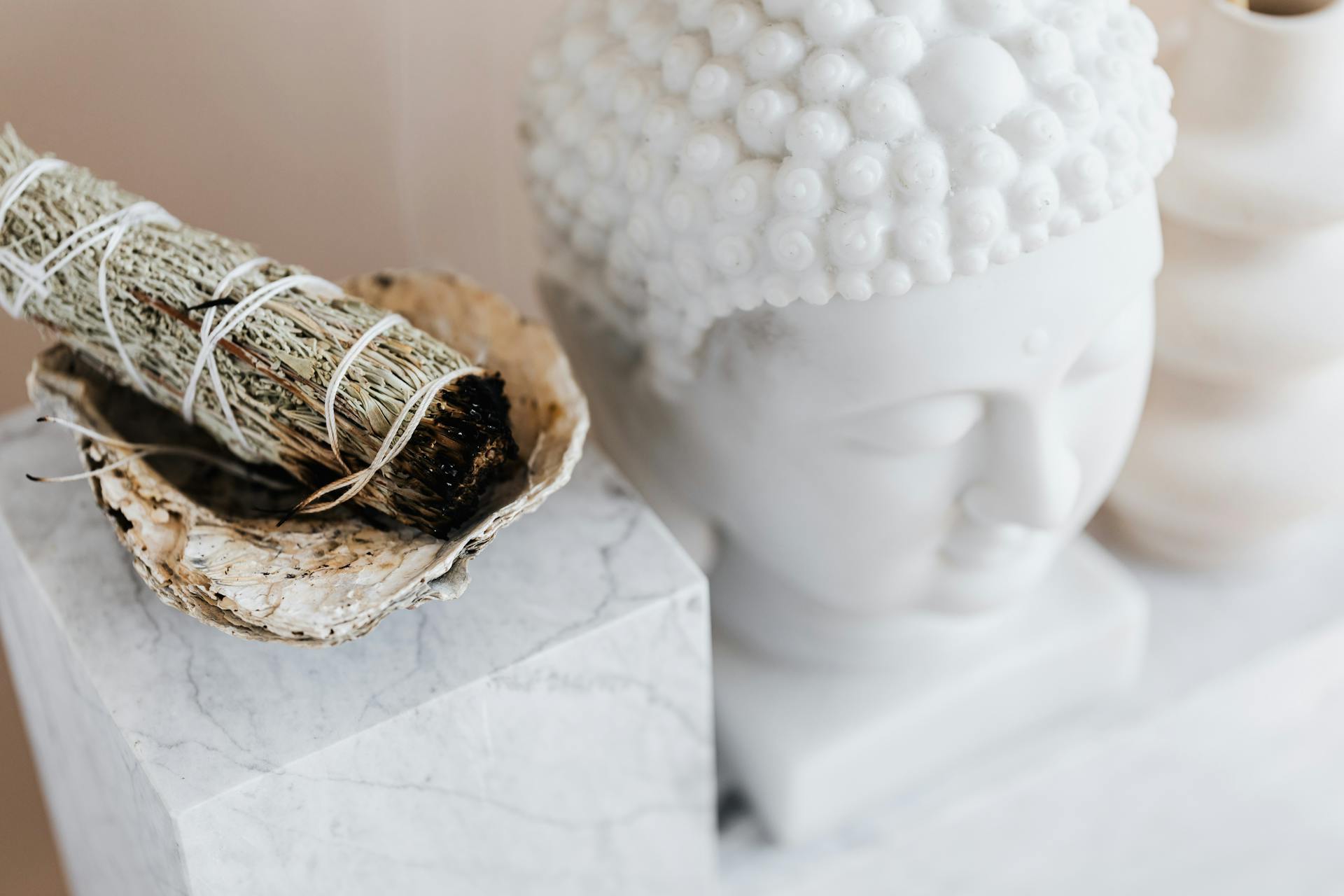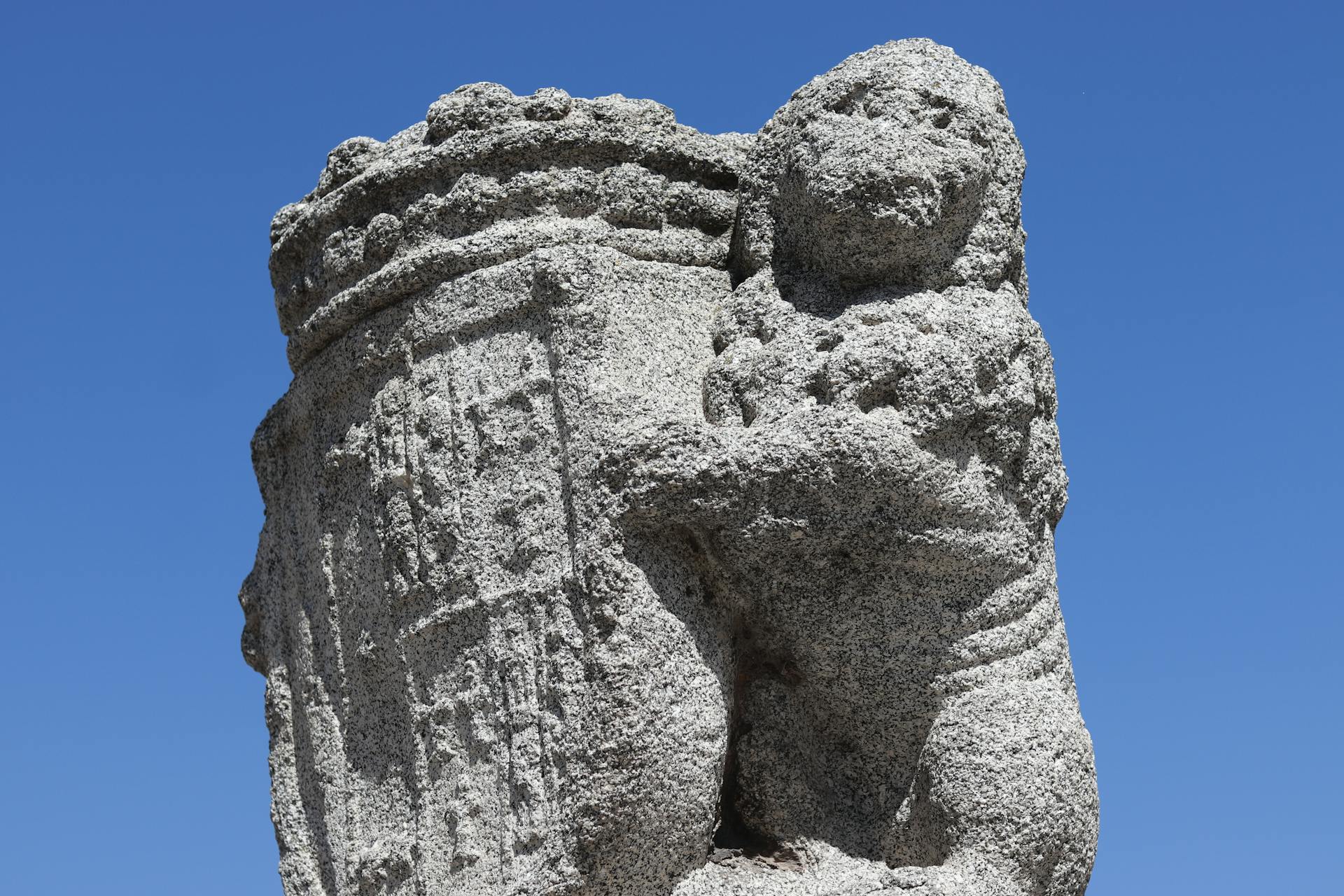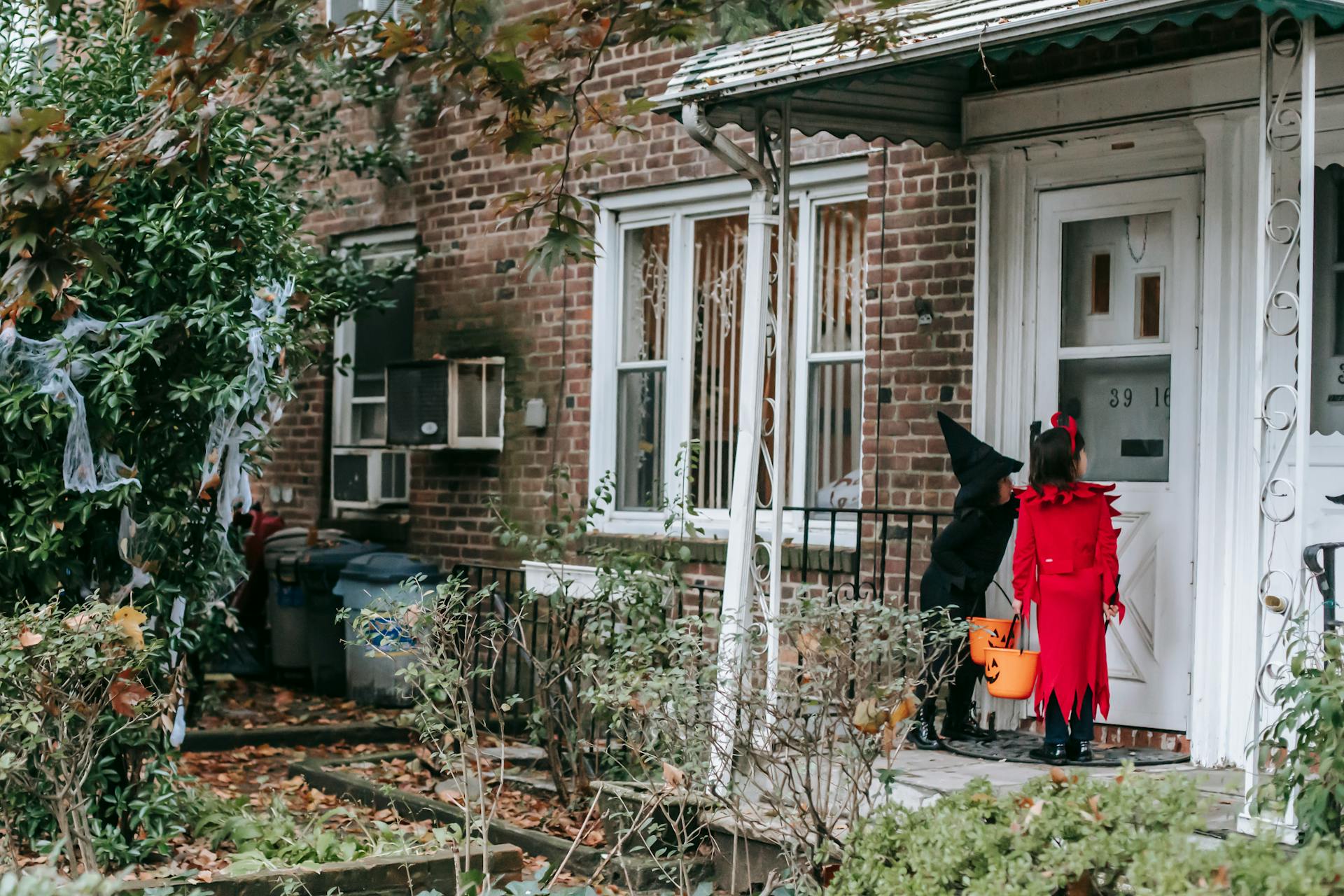
What are Spirit Bears? If you have ever wondered about these beautiful creatures, then you are in the right place. Spirit bears, also known as Kermode bears, are one of North America's primary types of bears. You can find them in the continent's black and brown bear family.
Spirit bears are majestic wildlife that have a unique coloration that sets them apart from other bears. They have beautiful views of white or cream-colored fur, which is caused by a recessive gene. These beautiful creatures can only be found in the Great Bear Rainforest region of British Columbia, Canada. In this area, you can also find alligators, manatees, bison and other wildlife species that call this region their home.
Discover the Wonders of Spirit Bears!

If you're familiar with black bears, then you may have heard of the rare and unique subspecies known as Kermode bears or Spirit bears. These special bears are also known as Spirit bears in their native region of British Columbia, Canada. Unlike their black bear counterparts, these bears carry a rare recessive gene that gives them a light color.
The scientific name for Spirit bears is Ursus americanus kermodei, and they are a white variation of black bears (Ursus americanus). White Kermode bears aren't true albinos since they don't have pink eyes or blood vessels that give them a pink color. Instead, their noses resemble those of black bears, and they can be found with light blonde to creamy beige fur. Spirit bears are truly one of nature's wonders and an incredible sight to see!
What Are Spirit Bears? Extraordinary Creatures of the North

Spirit bears, also known as Kermode bears, are unique subspecies of black bear that are found only in western Canada. These treasured creatures are highly revered by indigenous people and have a special place in their culture. Unlike grizzly bears or other north american animals, spirit bears have white or cream-colored fur, which is truly a sight to behold.
Picture elk moose or any other animal with a strikingly different coat color than what is expected - that's what makes spirit bears so fascinating. Their white fur is caused by a recessive gene that is carried by both parents, and it's estimated that only 1 in every 10 black bears in the region will be born with this rare trait. This means that seeing one in the wild is an incredibly special experience.
Due to their unique appearance and cultural significance, spirit bears have become a symbol of conservation efforts in western Canada. In recent years, there has been increased awareness and protection for these beloved animals. Learning about spirit bears can not only inspire awe for nature's wonders but also encourage us all to take action in preserving the habitats of these extraordinary creatures of the north.
Discovering the Unique Qualities of Kermode Bears
Spirit bears, also known as Kermode bears, are a unique subspecies of black bears found only in North America. In the world you'd have difficulty finding people who have seen these bears in person, but for Indigenous people living in British Columbia, spirit bears are a part of their culture and heritage. For centuries they've called spirit bears Moskgmol meaning white bears, and these nations' people hold them as a sacred animal.
The population legend of spirit bears goes back to the 19th century when fur traders first reported seeing black bears with white coats. Indigenous people protected spirit bears because they believed they were a reminder of the ice age when pristine conditions existed in their land. They believe that these unique qualities make them special, and it's something that should be treasured and conserved for generations to come.
The Risk to Kermode Bear Populations: What You Need to Know
If you've never heard of spirit bears before, they're a rare subspecies of black bear carrying a recessive gene that produces white fur. These unique creatures, also known as Kermode bears, live exclusively in the Great Bear Rainforest of British Columbia. Unfortunately, their low population makes them particularly vulnerable to the various factors threatening their existence.
One such factor is climate change. The movements caused by changes in temperature and precipitation can disrupt the habitats and food sources of all animals, including spirit bears. Another significant threat is hunting. While the British Columbian government banned black bear hunting in 2017, this doesn't necessarily mean spirit bears are safe. There are still nations involved in hunting black bears with aims that extend beyond subsistence or cultural tradition.
Thankfully, some parts of British Columbia are off-limits, protecting spirit bears and their habitat from further harm. In fact, over 130 indigenous groups opposed the Enbridge Northern Gateway pipelines that would have crossed through much of the Great Bear Rainforest before Prime Minister Justin Trudeau rejected them in 2016. However, there's still much work to be done to safeguard these magnificent creatures for future generations to enjoy.
The Fascinating History of Naming Spirit Bears

Spirit bears, also known as the ghost bear or nickname spirit bear, are a rare sight in the wild due to their unique light fur color. This white color reminding people of a ghostly color is what makes them stand out from other bears. Researcher Frank Kermode at the Royal BC Museum in Victoria, British Columbia, Canada researched these animals extensively and discovered that they are actually a unique black bear subspecies.
Zoologist William Hornaday, an American zoologist known for his contributions to the wildlife conservation movement in the United States, first identified spirit bears in 1905. However, it wasn't until 1928 when he saw one at the Bronx Zoo that he realized just how special they were. Today, these bears remain a symbol of hope for those who work to protect our planet's precious wildlife.
Discovering the Mystical Spirit Bear's Habitat
Spirit bears, also known as Kermode bears, are a special subspecies of black bear that live in North America. They are the official mammal of British Columbia, Canada and can only be found in wild, secluded areas. One of the places where spirit bears call home is the western province of British Columbia, specifically on Princess Royal Island.
Princess Royal Island is part of a group of islands called Gribbell and Princess Royal. This area covers 869 square miles and is located near Douglas Channel. The island was left untouched until the late 18th century when gold-mining town Roderick Island was established. In recent years, smaller islands like James Johnstone have been chartered for tourism purposes.
The western section of British Columbian islands Gribbell and Princess Royal is where spirit bears live. They are also found in Southeast Alaska but are pretty rare in British Columbia specifically. These beautiful bears are a sight to behold and discovering their habitat on Princess Royal Island is an adventure that any wild you'll lover should experience at least once in their lifetime!
Discovering More About the Mysterious Spirit Bears

The spirit bear, also known as Kermode bear, is a rare subspecies of North American black bears found in British Columbia, including the Great Bear Rainforest. Estimates show that there are only about 1200 Kermode bears left in the wild, which makes them an endangered species. Unlike their black bear cousins, Kermode bears have white fur due to a recessive gene that causes pigmentation differences. The exact spirit bear population is difficult to determine because interbreeding continues between black and white bears.
Previous estimates suggested that only about 400 spirit bears existed in the wild. However, a study showed that there are more of these elusive animals than previously thought. Researchers from Victoria's Department of Geography studied hair samples collected from across the bears' range and determined that there could be as many as 1200 individuals in the spirit population. This new information can help conservation efforts to protect these unique creatures from threats such as habitat loss and poaching.
Frequently Asked Questions
What is the spiritual meaning of a bear?
The spiritual meaning of a bear symbolizes strength, courage, and a connection to the natural world. It is often associated with introspection and the importance of taking time for oneself.
What does a spirit bear represent?
A spirit bear represents strength, harmony with nature, and cultural significance in Indigenous communities. It is a rare subspecies of the North American black bear with white fur due to a genetic mutation.
What animals are in Touching Spirit Bear?
The main animal featured in Touching Spirit Bear is a rare white Kermode bear, also known as a spirit bear. Other animals mentioned include wolves, eagles, and salmon.
What are 5 facts about bears?
Bears are mammals that live in many parts of the world. They can run very fast, have sharp claws and teeth, hibernate in winter, and are excellent swimmers.
What does a spirit bear eat?
Spirit bears mainly eat salmon, but they also feed on berries, fruits, and other small mammals.
Featured Images: pexels.com


